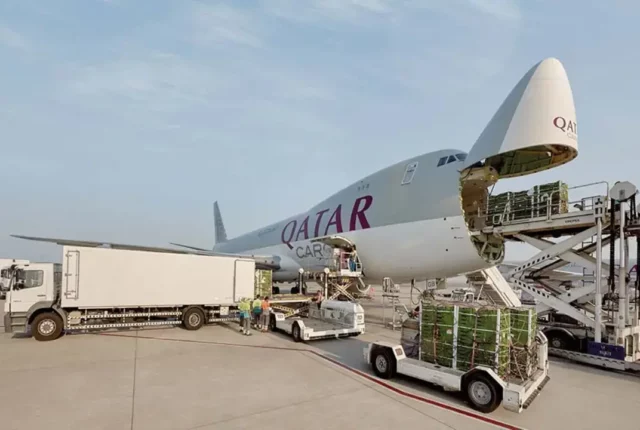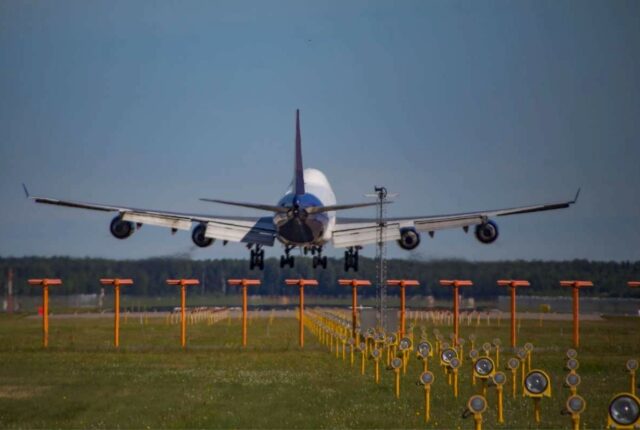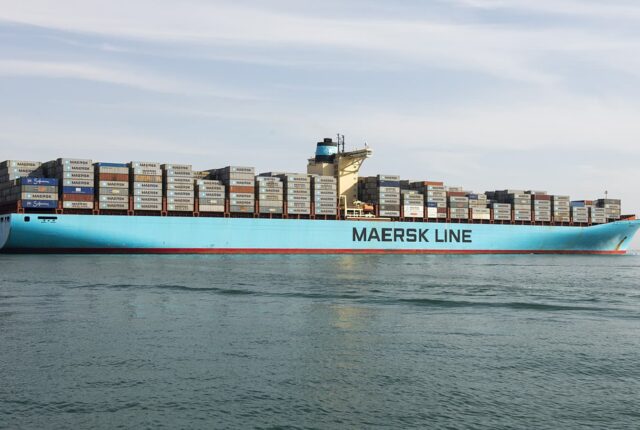Container Shortage Affecting Indian Exporters, Causes Unrest
Apart from rocketing freight rates, Indian exporters face another supply chain challenge linked to the Red Sea crisis: equipment availability.
A shortage of empty containers is building at major container ports and hinterland locations, freight forwarder sources said.
They say equipment pressure is more pronounced at the ports of Nhava Sheva and Mundra, which together handle the lion’s share of India’s containerised ocean trade.
A Mumbai-based forwarder noted: “40ft hi-cube boxes are acutely scarce. We have had to turn down bookings from some of our regular customers due to the equipment crunch.
“Mundra is the area of greatest concern on equipment,” the forwarder added.
Amid the demand downturns seen over the past year or so, all major carriers have had a surplus of inventory capacity at the larger ports, interior points or inland container depots (ICDs), with their empty export movement outpacing inbound repositioning.
According to industry sources, the scarcity of empties has resurfaced in recent days and, by all indications, the problem could exacerbate as the Red Sea crisis creates deeper roots into the market.
The box shortage is crimping the ability of exporters to ship goods against orders in hand and jeopardising new volume prospects, pro-shipper groups complained.
However, local officials at some of the major carriers serving Indian trades tried to downplay those trade concerns.
“Some imbalance has generally been there, even during normal times,” one liner executive said. “There are no serious supply-demand problems at the moment, but should the Red Sea crisis prolong, one could expect some equipment shortages due to the longer turnaround time of containers.”
Forwarders have also said carriers are not honouring NAC (named account) or contract rates, claiming: “They are accepting bookings only on the spot basis.”
In addition, carrier schedule reliability on networks out of India is widely out of whack, as a consequence of the re-routing of vessels around the Cape of Good Hope. Sources said recent vessel calls on the US and Europe connections at Nhava Sheva and Mundra had been behind schedule by 10 to 12 days, on average.
Terminal officials at Nhava Sheva port have also reported some glitches in India’s Customs’ gateway programme, known as the ICEGATE, adding to cargo flow pressure.
India’s merchandise export trade had seen some recovery signs in recent months, but the supply chain crisis is threatening to stifle the momentum.
The Federation of Indian Export Organisations noted that high freight rates and the various surcharges were prompting exporters to curtail shipping their orders by up to 25%, those usually moving through the Red Sea route in particular.
“The crisis has added to the sense of scepticism and nervousness among the business community,” it added.
Source: Article






